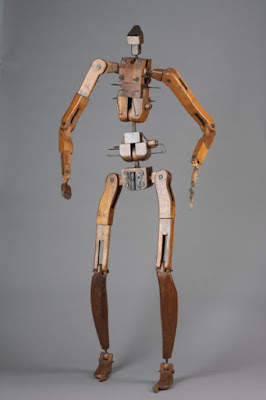When the book was published, Turner Publishing sent me on a three-month-long book tour.

They put me on Good Morning America and Larry King Live and a lot of other TV shows. Which was funny, because I haven’t owned or watched a TV since the mid 1970s. So I had never watched those programs and didn’t know the celebrities. The publisher also wanted me to go on QVC to push the book, but I had never seen that show either and I declined because it sounded like something I didn’t want to do.
They flew me to 35 different cities, and whisked me from one bookstore to another. The tour was disorienting for me, because I had to meet so many new people each day, and say the same things over and over.
It was difficult for my wife, too, since she was left home with two small kids. We only had one car, which was often left at the airport. That meant she had to put the two kids in a wagon and walk a mile to pick up the mail and groceries. When the publisher realized our problem, they sent stretch limos, but that was kind of weird too, because I just couldn’t get used to living that way.
 At St. Columba's School in Ballarat, Australia
At St. Columba's School in Ballarat, Australia
During the tour, I met lots of kids, and received boxes of letters. I tried to respond to each one, and I’ve been very pleased recently to meet some of the kids who wrote to me and even sent me their drawings. They’re all grown up now, and some are artists, which makes me really proud of them for sticking with it.
I was excited to learn that the book had a strong effect on some of its readers. One girl told me that when she read the book she was careful not to lean too far forward, for fear that she would fall headlong into the pages and never return.

I visited a school in Connecticut where each of the teachers—in science, art, and language —did a unit based on Dinotopia. I put on the costume of Arthur Denison and we had an impromptu parade in the field out back.

When
Dinotopia: A Land Apart from Time was published, what struck me was how each new reader discovers something of himself or herself on the island. One girl wrote me and said: “My brother and I had an argument. Can you settle it? He says Dinotopia is made up. I say it is real. Please tell us who is right. And don’t lie.”
That’s a hard question to answer. On one level, the brother was right, because as I’ve shown, the book came into existence from an arrangement of pencil and paint. But at a much deeper level, the sister was right, too.
Myths and stories
are real, I tried to tell her. And they're enduring. They're the one thing that lives on through the years as the physical monuments of old civilizations crumble into dust.
 A well-worn copy of the first edition
A well-worn copy of the first edition
The key to inventing Dinotopia was believing that it already existed beyond the confines of my own mind. Even if I couldn’t tell the the latitude and longitude, I believed it was out there somewhere beyond the reach of my senses. To engage readers with that reality I had to pay attention to the spaces between the paintings, the moments poised across the page turn, which each reader conjures anew.

I’m grateful to Dover Publishing for making the book available again in this new edition, so that new visitors can find their way to its distant shores.
So, thanks, Jeff Poindexter for asking me that question: “What inspired you really to create Dinotopia?” I’m afraid I’ve given you a rather long answer. Now, back to the drawing board.
---------
More at these Links:
-----
The new official Dinotopia website
-----
Dover has just published two new 20th anniversary editions of the original Dinotopia book: a r
egular hardcover edition and a slipcased
collector's edition. Both have 32 pages of new content and 45 behind-the-scenes images. You can get a signed copy from me via Paypal at my
website shop. For multiple-book or international orders, you can
order them unsigned and send me an email saying to whom you’d like your books signed. We’ll ship within 24 hours of receipt of your order.
You can also get it from Amazon
, and you can give a review there.
------
"Origins of Dinotopia" series on GurneyJourney:
Part 1:
Childhood Dreams
Part 2:
College Obsessions
Part 3:
Lost Empires
Part 4:
Dinosaurs
Part 5:
Treetown
Part 6:
The Illustrated Book
Part 7:
Utopias
Part 8:
Building a World
Part 9:
Words and Pictures
Part 10:
Canyon Worlds
Part 11:
Putting it Together
Part 12:
Book Launch

















































